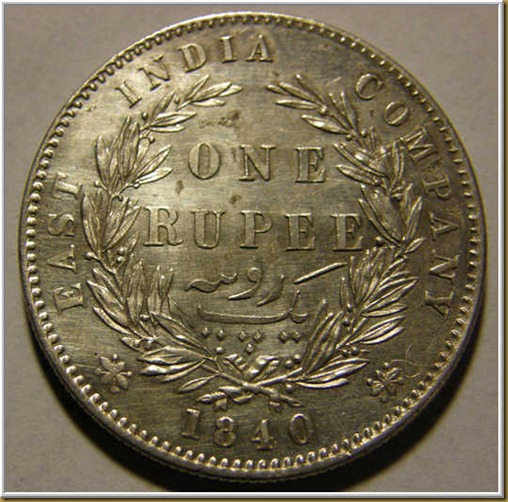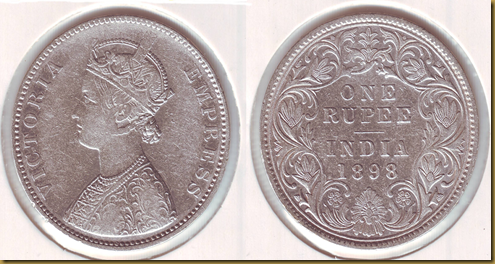damage: A problem such as scratches, nicks, holes, harsh cleaning, pitting, etc. which lowers the value of a numismatic item.
date: The year(s) stamped on a coin, representative of the year it was minted.
DDO or D.D.O. - Doubled Die Obverse, an obverse die which exhibits doubled images in one or more places.
DDR or D.D.R. - Doubled Die Reverse, a reverse die which exhibits doubled images in one or more places.
dealer: An individual or organization that regularly buys, sells and trades coins.
deep mirror prooflike: An attribute given to coins with highly reflective mirrorlike fields, giving it a similar look to that of a proof strike.
delamination: Metal missing (or nearly so) from the surface due to incomplete bonding in the planchet.
denomination: The face value of a coin.
denticles (dentils):Tooth-like raised features near the rim of a coin.
Denticles or dentils - The tooth like raised design around the rims of some coins. They are part of the die design.
design: The arrangement of devices, lettering, etc. on a coin.
Designer - The artist who creates a coin's principal devices. The artist(s) responsible for a coin's design.
Details - Small features and fine lines in a coin design. Particularly those seen in hair, leaves, wreaths and feathers.
device: A major design element, e.g. the bust of a person or a ship on the high seas.
Die - A metal object used to impress a design into a planchet. Dies are usually engraved incuse, so that the devices and inscriptions they produce will be in relief.
die chip: A small fragment broken off from a die similar to a cud, but much less dramatic.
die clash: Upper and lower dies coming together in a coin press without a planchet between them.
die crack: A narrow fissure in the surface of a die which produces a raised line on the coins it strikes.
die erosion: Nornal wear on a die from its use in the minting process.
die polish: Small raised lines in the field of a coin resulting from polishing of a die to remove chips, clash marks, etc.
die state: The condition of a die at a specific time in its life.
Die Variety - Any minor alteration in the basic design of a coin.
die: A piece of steel (usually cylindrical) bearing at one end the design of one side of a coin.
Dipping - The act of removing tarnish, surface dirt, or changing the coloration of a coin by applying chemicals, or otherwise artificially treating it with liquids. A form of cleaning by immersion in a liquid which is capable of causing molecular changes in the surface (with the intent of providing a more appealing look).
Disme - One tenth of a dollar. An early spelling of the word "dime." The early spelling of the word "dime," one tenth of a dollar.
double denomination: An error in which a coin is restruck by the die pair of another denomination.
Double Die - A die that received one of its several blows from a hub or device punch in accidentally imperfect alignment. A term sometimes intended to mean a doubled die coin and sometimes indicating a machine doubled coin (note that there are vast differences in the values).
Double eagle - A United States twenty dollar gold coin. A U.S. $20 gold coin, minted from 1849 through 1933.
Double Struck - Said of any coin which has received two impressions from the working dies in accidentally imperfect alignment.
doubled die: A die with doubled device details, letters and/or numerals resulting from an error in manufacture. Also, a coin struck from such a die.
Doubloon - A Spanish-American gold coin originally valued at $16.00.
Drachma - The standard Greek monetary unit. A small silver coin approximately equal to the Roman denarius. An ancient Greek silver coin weighing about 3 grams. The predecessor to the Roman denarius.
Ducat - A popular gold coin used by several European countries. Originally an Italian coin of the twelfth century.










